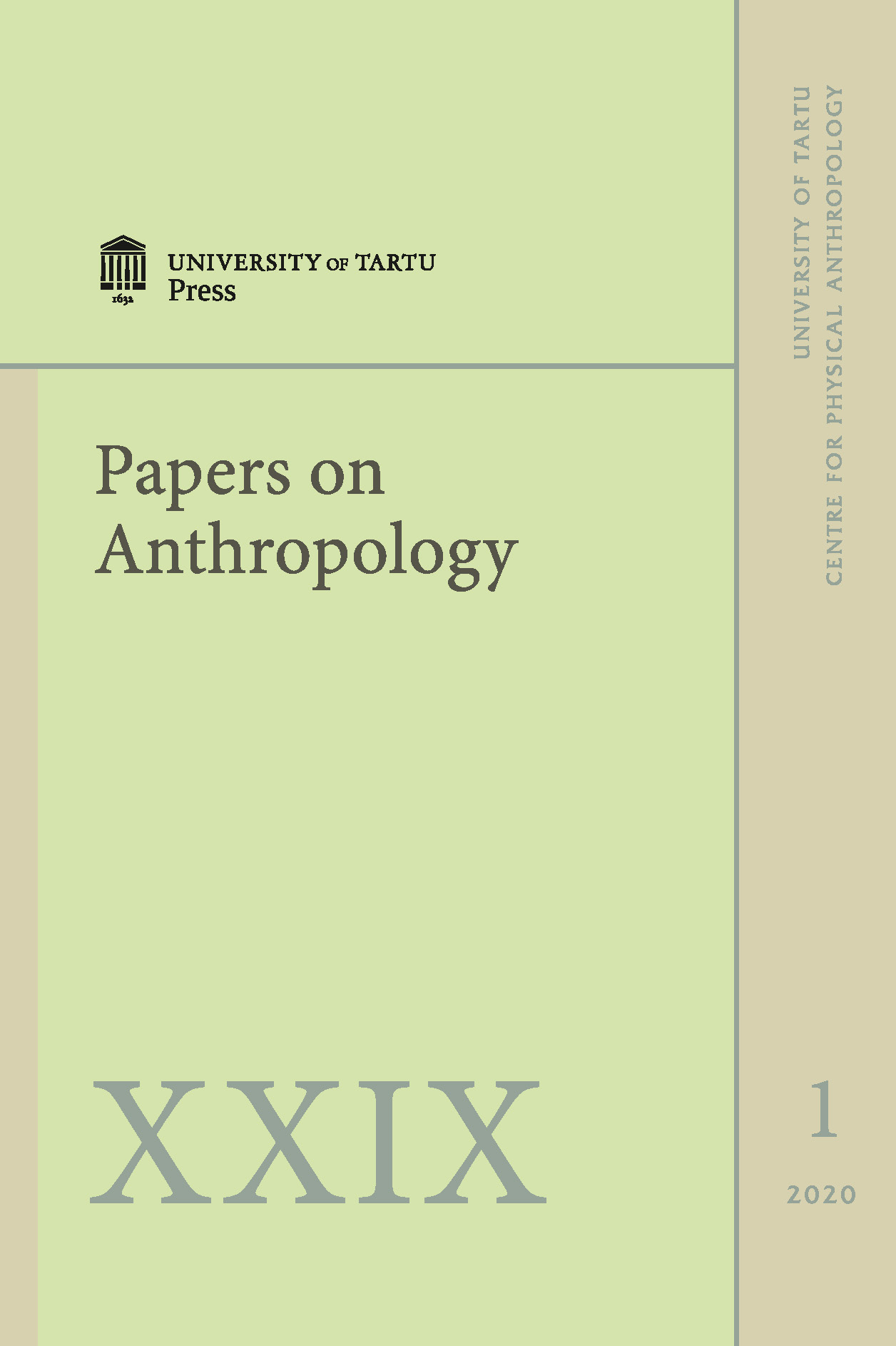Sportanthropological and sports traumatological aspects of women’s soccer
DOI:
https://doi.org/10.12697/poa.2020.29.1.08Keywords:
female soccer players, constitutional types, position, injuriesAbstract
The aim of the study is to improve talent search, training methodology and injury prevention in women’s soccer. It analyses to what extent there are physical differences between top female soccer players (S) and a control group of sporty females (ff = fitness females). Furthermore, it examines whether differences in injuries can be identified between individual game positions (defense, midfield, forward, goalkeeper) and/or somatotypes. For this purpose, the anthropometric measurements of 233 top female soccer players (Ø 22 years old) and 40 fitness females (Ø 25 years old) who had been doing regular strength/endurance training twice a week for 2 years were statistically recorded, evaluated and used for determination of constitutional types according to Heath and Carter, Conrad and Knussmann and the AKS index according to Tittel and Wutscherk.
In addition, body fat percentage according to Siri and the body mass index (BMI) were calculated. For the sample of soccer players, the types of injuries (categories: cruciate ligament, other knee, ankle joint/foot, shoulder/torso/hip, other injuries) and injury frequency according to the game positions, somatotypes and various body mass indices were compared statistically. There were significant differences between the anthropometric measurements of pelvic circumference (S: 81.2 ± 4.3cm; ff: 95.7 ± 7.7 cm; p ≤ 0.001) and maximum femoral circumference (S: 54.1 ± 3.1 cm; ff: 51.1 ± 4.4 cm; p ≤ 0.001).
In terms of kinanthropometry, there were significant differences in the somatochart according to Heath and Carter [9] (S: 4/5/2; ff: 6/5/3), in the checkerboard pattern according to Conrad [3] (S: leptomorphic/hyperplastic; ff: metromorphic/hyperplastic) and in body fat percentage (S: 18.1 ± 2.1%; F: 25.0 ± 4.3%; p ≤ 0.001). The goalkeepers differed significantly from the field players with higher heights, lengths, sizes, higher body weight and a higher proportion of other injuries (e.g. hand, arm and head injuries). In constitutional terms, they differed only slightly from the field players. These appeared homogeneous in terms of body structure and injury mechanisms.

